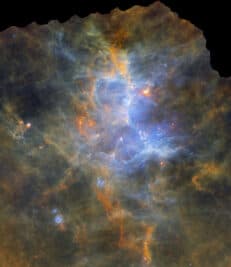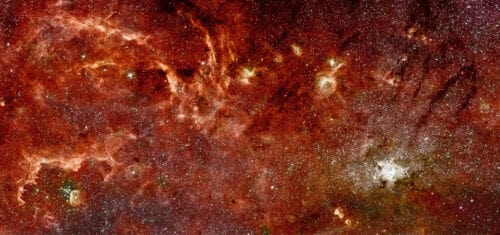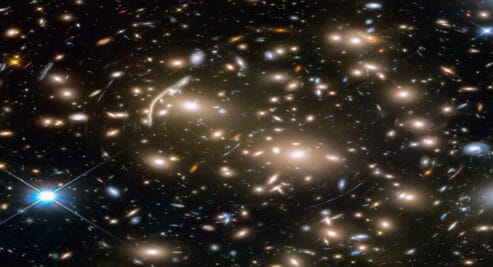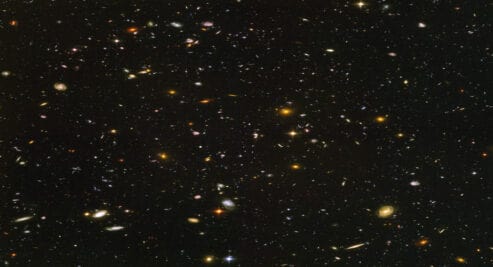Best space telescope pictures of all time
Hyderabad: There is great beauty in the skies. From our nearest neighbours to the most distant galaxies, the cosmos is a wonder to behold. Astronomers rarely use their telescopes to simply take pictures. The pictures in astrophysics are usually generated by a process of scientific inference and imagination. These five images are produced by publicly-funded […]
Published Date - 27 December 2021, 05:38 PM
Hyderabad: There is great beauty in the skies. From our nearest neighbours to the most distant galaxies, the cosmos is a wonder to behold. Astronomers rarely use their telescopes to simply take pictures. The pictures in astrophysics are usually generated by a process of scientific inference and imagination. These five images are produced by publicly-funded telescopes and reveal some interesting science…
Jupiter’s poles
This image was produced by NASA’s Juno mission, which is currently orbiting Jupiter. The image was taken in October 2017 when the spacecraft was 18,906 kilometres away from the top of Jupiter’s clouds.
It captures a cloud system in the planet’s northern hemisphere, and represents our first view of Jupiter’s poles (the North Pole).
This picture reveal complex flow patterns, and striking effects caused by the variety of clouds, sometimes casting shadows on layers of clouds below.
The Eagle Nebula

This image is Herschel view of star formation in the Eagle Nebula, also known as M16. The Eagle Nebula is 6,500 light years away from Earth.
A close-up view of a feature near the centre of this image has been called the “Pillars of Creation”. Appearing a bit like a thumb and forefinger pointing upwards, these pillars protrude into a cavity in a giant cloud of molecular gas and dust.
The Galactic Centre

This image looks deeper into space to the centre of Milky Way Galaxy. It uses infrared light, combining data from two NASA telescopes, Hubble and Spitzer.
The bright white region in the lower right of the image is the very centre of the Galaxy. It contains a massive black hole called Sagittarius A, a cluster of stars and the remains of a massive.
Other star clusters are visible too. There’s the Quintuplet cluster in the lower left of the image within a bubble. In the upper left there’s a cluster called the Arches, which was named for the illuminated arcs of gas.
Abell 370

The next picture is the Hubble’s image of Abell 370, released in 2017. Abell 370 is a cluster of hundreds of galaxies about five billion light years away from us.
In the picture you can see elongated arcs of light. The most prominent of these magnified images is the thickest bright arc above and to the left of the centre of the picture. Called “the Dragon”, this arc consists of two images of the same distant galaxy at its head and tail.
The Hubble Ultra Deep Field

Atronomers decided to point Hubble at sky for several days to discover what extremely distant objects might be seen at the edge of the observable universe.
This image of the Hubble Ultra Deep Field contains nearly 10,000 objects, almost all of which are very distant galaxies. The light from some of these galaxies has been travelling for over 13 billion years, since the universe was only about half a billion years old.
Some of these objects are among the oldest and most distant known.
Now you can get handpicked stories from Telangana Today on Telegram everyday. Click the link to subscribe.
Click to follow Telangana Today Facebook page and Twitter .